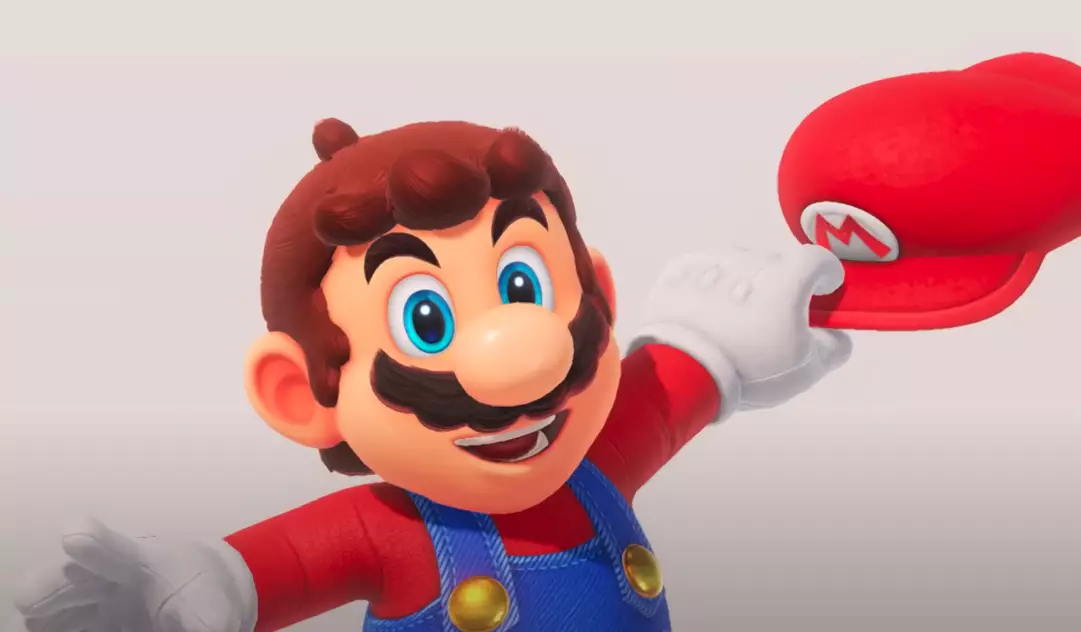In the world of video games, few elements are as instantly recognizable as Mario’s warp pipes. Their distinct green hue and tubular shape have become synonymous with the Mario franchise, but the inspiration for these iconic structures came from a rather mundane observation by none other than Shigeru Miyamoto. In a recently translated interview, Miyamoto shares a serendipitous moment that not only shaped the aesthetic of the game but also addressed a unique design challenge faced during the development of the original Mario Bros. game.
Many will be surprised to learn that the concept of Mario as a plumber, although established in earlier narratives, did not originally include these beloved pipes. While walking through the streets of Kyoto, Miyamoto stumbled upon a plastic pipe protruding from a wall. This simple sight sparked a creative solution, enabling Miyamoto and his team to resolve gameplay issues surrounding enemy movement on the screen. “Enemies that went to the bottom had to re-appear at the top,” Miyamoto reflected. The realization that pipes could facilitate this transition was pivotal for the game’s design.
Miyamoto’s designs did not merely serve a functional purpose; they were intertwined with the game’s narrative. In his discussions, he revealed an inclination towards the idea of an underground setting, drawing parallels to the urban landscape of New York, even though he had never set foot in the city. He envisioned Mario navigating through a network of underground tunnels inhabited by the game’s various adversaries, such as turtles and crabs. This thoughtful approach to world-building allows players to engage in a fictional universe that feels credible and immersive.
Through these narratives, players are transported into a fantastical yet relatable environment filled with whimsical dangers and exciting discoveries. The underground theme also echoes the very nature of the plumbing profession, a trade typically associated with working beneath city streets. Thus, it became an effective thematic reflection, enhancing the overall gameplay experience and relating to Mario’s identity as a plumber.
While the gameplay mechanics were significantly influenced by practical design needs, the aesthetic aspects of Mario’s world were equally important. One question that often arises is why the pipes are green. Miyamoto candidly admitted that he could not pinpoint the exact reasoning behind this color choice. However, he indicated that the technological limitations of the time forced designers to choose their colors judiciously. Bright and saturated colors were challenging to render, which favored the use of green tones alongside appearances of blue.
In an era when graphics were rudimentary, Mario’s vibrant world stood out, thanks to carefully considered color selections that complemented gameplay. These design choices succeeded in creating a unique visual identity that players would come to associate with the franchise.
As the Mario franchise continues to dominate the gaming landscape, fans remain hopeful for future developments, especially with the anticipation surrounding the upcoming Nintendo Switch 2. While no new Mario titles have yet been announced, the historical ingenuity behind the franchise’s features hints at continued exploration of novel gameplay mechanics and immersive narratives. With each new installment, Mario’s journey remains an embodiment of creative foresight and practical game design, rooted in inspiration drawn from the world around us.
In examining how a single plastic pipe came to inspire one of the most successful video game series in history, we gain insight into the power of observation and creativity in game design. Such small moments can lead to revolutionary ideas that resonate with players even decades later. As we await the next chapter in Mario’s adventures, it’s clear that the legacy of thoughtful design and imaginative solutions will persist in the hearts of fans and developers alike.

